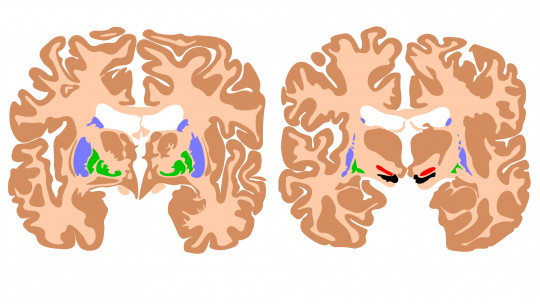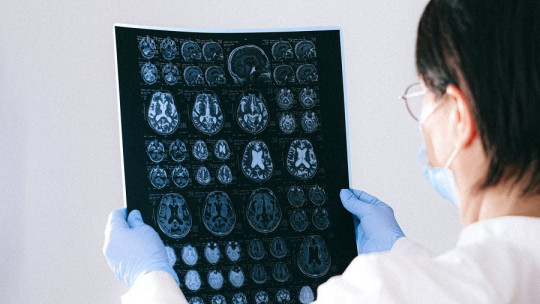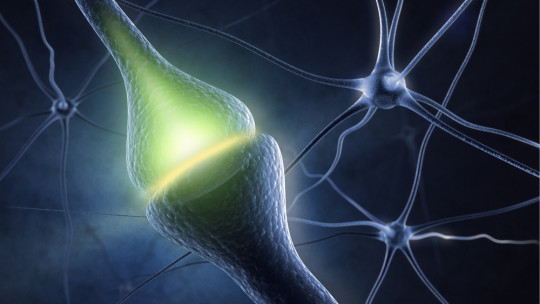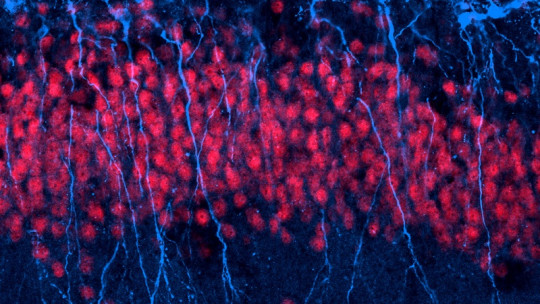
We live in a society where alcohol consumption among young people has become popular and in which it is part of a large number of traditions and events. Used as an element to cause both mental and physical disinhibition and to socialize, over time the age at which alcohol consumption begins has decreased.
Currently, The average age at which people start drinking these substances is around thirteen years old Although the immediate effects of intoxication are known, what is not so well known is that habitual alcohol consumption, even without falling into dependence, causes changes in the brain structure of adolescents.
These changes are especially noticeable and have a greater effect when consumption has occurred in individuals in the process of development. In other words, we can consider that Alcohol consumption in adolescence causes brain changes
Alcohol and adolescence: bad combination
Alcohol is one of the most popular legal drugs in the world, frequently used in all types of contexts by the vast majority of the population. It is a substance that falls within the category of psycholeptics or depressants because its main effect is to cause a decrease in the activity of the nervous system.
Although it may seem paradoxical, in small doses this depressant effect produces an increased feeling of euphoria and well-being, since it first inhibits subcortical territories and some of the inhibitory processes that we normally use to regulate our behavior. That is why it facilitates socialization and why the vast majority of people consume alcohol recreationally
At high doses of alcohol, however, more depressive effects appear, with an alteration in the level of consciousness, mental and physical slowness and loss of part of reasoning and executive functions in general.
Given the reinforcing effects that appear with the consumption of small amounts of alcohol, it is common for adolescents, who They are searching for their identity through experimentation and relationships with people far from authority figures and family members, they decide to resort to drinking as a means of socialization and disinhibition of their impulses.
However, in addition to the risk of severe poisoning (in which alcohol coma and even death due to cardiorespiratory arrest may appear) and dependence that alcohol can cause at any age, it must be taken into account that The adolescent brain is still in a period of development so that the consumption of substances with psychoactive properties can produce serious structural and functional alterations in your brain.
Changes in brain structure
The latest research carried out reflects that alcohol consumption at early ages, when the brain has not yet fully developed produces relevant long-term changes in the structure and configuration of neurons.
Specifically, the clearest effects occur in parts of the brain linked to learning, memory and executive functions In experiments carried out with rodents it has been shown that individuals who during the development stage have consumed relatively frequently in adulthood have much more difficulties in memory, anticipation and planning tasks. These effects occur especially due to the involvement of the hippocampus, the limbic system and the frontal lobe.
Effects on the hippocampus
The alcohol causes the hippocampus to not develop as much as that of individuals who have not consumed. The cells in this brain location appear immature and underdeveloped compared to those of adults who have not consumed alcohol frequently.
It has also been observed that long-term potentiation, one of the processes through which by strengthening synapses (the spaces through which neurons communicate with each other) we reinforce learning and which is especially active during childhood and adolescence , is especially active. While this might seem positive, this activation reaches a level such that ends up collapsing and not producing further learning
Based on the immaturity of the cells observed, it is speculated that the effect of alcohol, a depressant-type substance, probably alters the maturation process. In this sense, it has also been proven that the formation of new neurons and connections between them slows down and even stops
Affectation of this area induces severe difficulties in recognition and short-term memory, with long-term memory generally being preserved. Rather than forgetting the retained information, the most important problems would occur at the level of the ability to “record” and store new information.
Frontal involvement
In addition to the hippocampus, another of the areas that is most affected by alcohol consumption in adolescence is the frontal lobe, the part of the brain most linked to impulse control, planning and executive functions in general also affecting some facets of personality.
Long-term continued alcohol consumption generates alterations in this area, producing a high level of neuronal degeneration and death, especially in the prefrontal area. These alterations arise in people of any age who abuse alcohol for long periods, but it has nevertheless been proven that in developing brains such as those of adolescents the level of neuronal death is much higher than in other stages
This can cause adolescents to have impulse control problems in the future, reducing their ability to inhibit, which in the long run leads them to adopt a more aggressive and impulsive attitude. It is also common for individuals who use alcohol during the early stages to have a lower ability to concentrate and plan than expected. Finally, in the long term decreases the ability to set goals and self-motivate and falling into depressive and anxiety states is also more likely.
Effects on the brain reward system
It has been shown that during adolescence dopamine receptors are especially activated and have a certain hypersensitivity to this neurotransmitter, this being one of the reasons why adolescents in general tend to seek new experiences that stimulate them.
In this sense, another of the elements that the various studies carried out have reflected is that it is observed a higher frequency of substance dependence among subjects who started drinking before age fourteen compared to those who had their first experiences with alcohol in their twenties (a time when the brain is already fully developed or close to completing its development process).
This fact can be linked, together with the alteration of the inhibition mechanisms typical of frontal involvement, to an alteration in the pathways that regulate emotions and the sensation of reward. Both the action on GABA and the inhibition of NMDA glutamate receptors produced by alcohol induce an increase in dopaminergic activity in the striatum, which, being already hypersensitized due to the development process, can lead to an ease in establishing behaviors that the stimulate even more, such as the consumption of alcohol or other substances.








